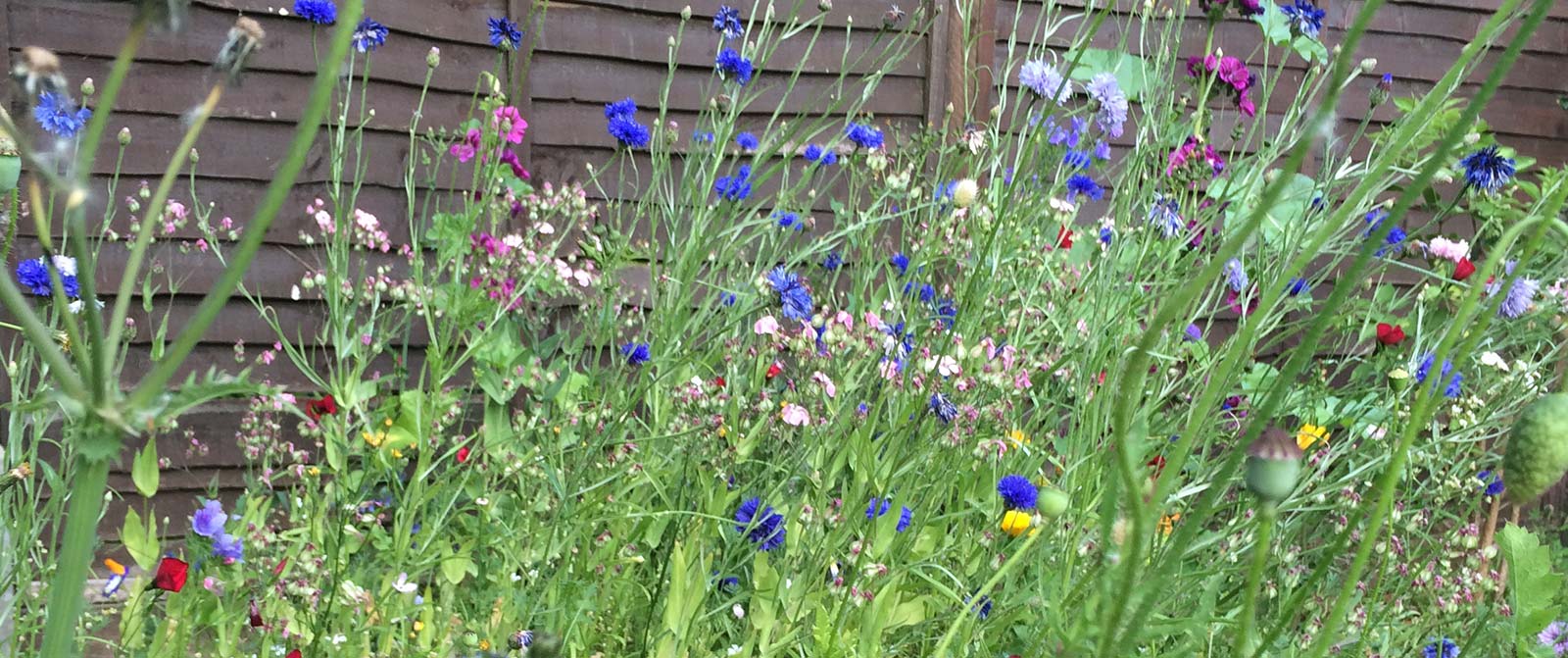Organic Gardening
Why garden organically?
Organic food is tastier, has more nutrients and is therefore better for you. This may or may not be true, but is certainly not the only reason for gardening organically. It is a sustainable system and means working with nature rather trying to conquer it. The aim is to ensure a healthy soil and provide a balanced system for growing, thus giving optimum conditions for plants and for wildlife to flourish.
Can you garden organically anywhere?
Anywhere that a plant can grow, a plant can be nurtured organically. A flowerpot filled with organic peat-free compost, a rooftop garden, a balcony on a flat, and a vertical garden against a wall can all be successful sites. Organic gardening can be done on a kitchen windowsill, in a garden or on a field scale.
Plants require sunlight, some more than others, and choosing a site should take this into consideration. There are food crops, such as lettuce or spinach, that can tolerate some shade, and a Morello cherry tree produces fruit successfully against a north-facing wall, but, in general, a south-facing site is the most favoured place.
Does the soil type matter?
There are ways of working with all soil types. Ascertaining whether the soil is acid or alkaline is a good start and can be done with a simple pH tester kit available from garden centres. A neutral soil is the best for some crops, but potatoes grow better in slightly acid conditions and others, such as cauliflowers, prefer a slightly alkaline soil. The addition of lime will neutralize an acid soil whilst an alkaline soil will benefit from the addition of organic matter such as manure and leafmould.
All soils will benefit from the addition of organic matter and compost.
Clay soils are heavy to work and compact readily if walked on. The particles in it are small and close together so do not let the water through. The regular addition of home-produced compost breaks up the soil allowing the high fertility in clay soils to be utilized.
Sandy soils are made of larger particles, allowing water and nutrients to drain too readily out of them. Improving the soil by adding organic matter helps the retention of moisture and nutrients. They are easy to work, and carrots in particular grow well in them.
Some stones in the soil can be beneficial, but very gravelly soil can be difficult although not impossible. Adding lots of compost helps in this situation.
A deep bed on top of the soil can be a very successful solution and is a very easy way of gardening. A deep bed is a raised area of soil contained within a frame. This is usually made of wood but can also be plastic or block or any other suitable rigid material to hand. Bought ones are normally rectangular or square, but it is easy to make one at home to fit the site. Its size should allow for access to all parts of the bed without the need to ever tread on the soil. Plants can be grown closer together and excellent crops can be obtained. Deep beds can be used on any soil and even on solid surfaces, when a protective membrane is needed to keep the soil in.
What about pests?
The first requirement in dealing with pests and diseases is vigilance. ‘A stitch in time saves nine’ is very relevant.
A good crop rotation prevents the build-up of problems. An awareness of the needs of predators, such as by providing a log as a hiding place for stag beetles, can help keep pest numbers to a minimum. There are various biological controls available such as the encarsia wasp to control whitefly in the greenhouse. Encouraging thrushes and frogs will help keep slug and snail numbers down, and ladybirds will munch their way through aphids.
An organic fruit and vegetable garden can be a very beautiful place. Amongst the crops, herbs and flowers can flourish, and, in bigger gardens, trees and shrubs. These provide habitat and food for birds, bees and butterflies and make the garden come alive. Many vegetables are available in wonderful colours – carrots can be purple, spinach beet can be red or gold, pea flowers can be pink and white, to name a few. Heritage seeds are available that have a large variety of coloured vegetables.
So, why not have a go yourself? The rewards are many for you and the environment.
Garden Organic (previously The Henry Doubleday Research Association) is a charity and a very useful source of helpful booklets and is well worth being a member.
The Organic Gardening Catalogue www.OrganicCatalogue.com has all manner of gardening supplies, plants and seeds and is available to non-members.
Garden Organic’s Heritage Seed Library concentrates on preserving old varieties of seeds. Seed saving and swopping are encouraged. It is also worth joining this.

